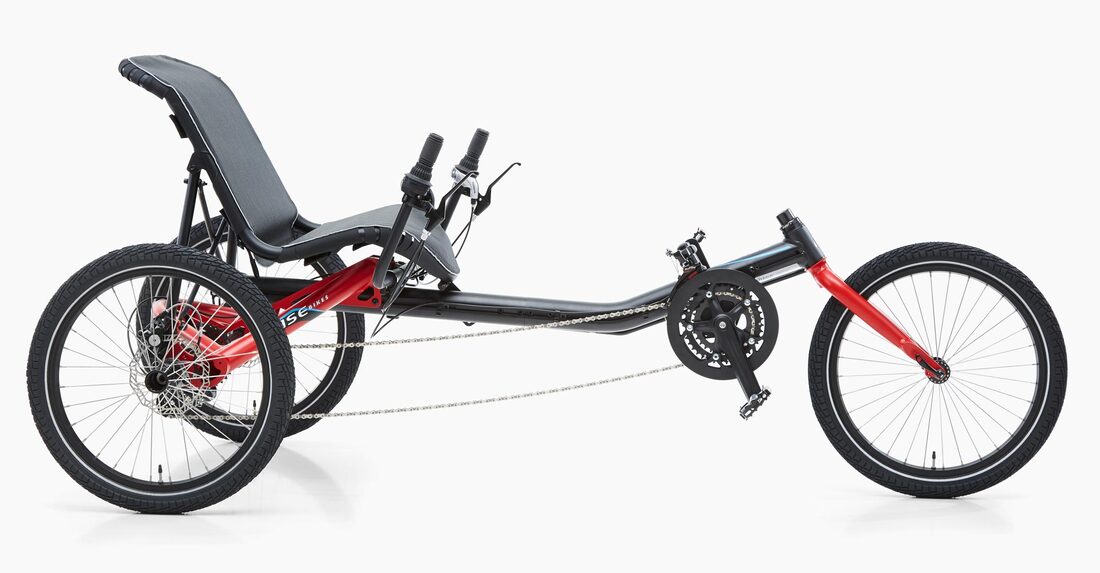Starting with a sad event, Houlihan’s permanently closed. This was a restaurant with the second best meatloaf in the county (after Danita’s). The next restaurant is so far below Houlihan’s I wouldn’t even give it a nod. There’s plenty of OK meatloaf. It’s just that Houlihan’s was particularly good. Fortunately, they had their meatloaf on sale for $10 less than a month ago, and we took advantage of it.
Moving from sad to shady, First Watch gave me a breakfast BOGO for my birthday. That was very nice. To use the BOGO, I have to create an account and order online, or order from their smart phone app, or dine in. We won’t be dining in until AP (After Pandemic), so that means to get the BOGO I have to let them store my credit card number on their servers. I find that sleazy. This Sunday Bob Evans is in rotation. When First Watch is up, I plan to try to order to-go in person, then go out to the car and wait for the food to be prepared. (It’s usually about 15 minutes). I definitely don’t trust First Watch to store my credit card.
The “best misadventure” award goes to trash collection. Danita and I got our second Shingle shots Tuesday. By Wednesday we both felt miserable. We had aches. We felt cold. I was still in my PJs when I heard the trash truck. Oops. I forgot to put the trash out. Danita was dressed. She ran the trash can down the street, hailing the trash men. Sorry about that, Danita!
Now for the “worst misadventure” award. I rode my bike to get groceries as I do every Thursday. Everything was normal until it was time to insert my credit card in the self-checkout machine. My wallet wasn’t there. I had the store put the order on hold and rode my bike home (about an hour). I went to my wallet drawer, and the wallet wasn’t there either. Both Danita and I looked everywhere. We never found it. There were no fraudulent charges. I had my normal complement of insurance ID, drivers license, and credit cards. It only took about an hour to cancel cards and order replacements. Friday I got the new credit card number. It took another hour to switch all the auto-charges to the new card. (I keep a list of all auto-payments just for this kind of emergency.) I had a new wallet delivered Friday. Danita and I will be getting new cards over the next several weeks.
Our most fun activity was a food truck yesterday. This time it was “Greek on the Street”. We had dinner with our neighbors. (Extremely socially distanced, of course.) Danita and I both had Gyro sandwiches. We split an order of Greek fries. We couldn’t believe how many fries we got for $5. It made a McDonalds super size look wimpy. We literally couldn’t eat them all.
It was definitely as much excitement as I want in one week. I hope this finds everybody doing well.


